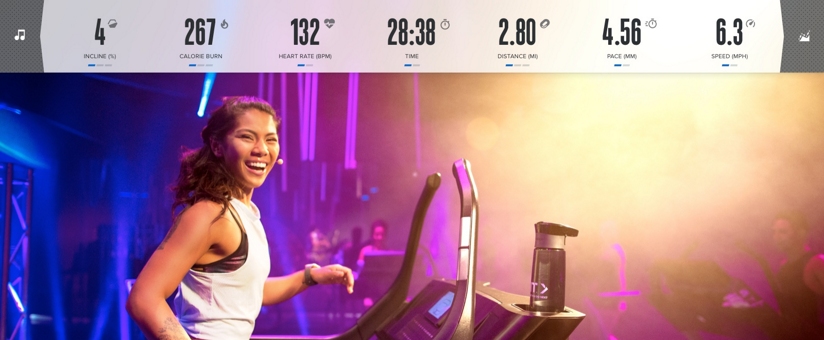Are you an experienced runner and planning to sign up for a 15 or 20 km race? If you meet the conditions required to take up this challenge, you need to prepare well in advance. Create a tailor-made training plan at least 2 months in advance by combining cardio and muscle strengthening and integrating endurance and split sessions.
How to best prepare for a 15 or 20 km race?

A race of 15 or 20 km requires proper training and being in an excellent physical condition. Good preparation is the key to your success: by starting at least 2 months in advance with a training plan combining reinforced sessions, diet and sleep, you’ll give yourself the best chances of achieving good results.
Running 15 or 20 km: under which conditions?
Before starting a 15 or 20 km race, it is best to follow certain prerequisites:
- To be a consistent runner
- have already covered intermediate distances, ideally at least 10 km
- to be able to run for more than an hour
If you meet these conditions, signing up for a 15 or 20 km race will be a motivating challenge that will make you progress a lot in your training.
How to plan your training before the race?
Plan 3 training sessions per week, alternating between running sessions 1 day out of 2. On the other days of the week, do strengthening exercises and cardio sessions to enhance your training plan. One day a week will be dedicated to active resting, with yoga sessions, for example, to allow your muscles to better recover and replenish your energy.
A few tips for the racing day

After a few weeks of intensive training, the date of your 15 or 20 km race is approaching. In order to prepare yourself properly for the big day, here are a few tips:
- Dinner on the night before the race is important: eat light, combining starchy foods and vegetables. Eat your meal early enough and don’t go to bed right away to ensure a good night’s sleep.
- On the morning of the race, take the time to eat a full breakfast, avoiding foods that are too rich and difficult to digest. Eat at least 3 hours before the race to let the main digestion phase pass and run more efficiently.
- Hydrate properly before, during and after the race.
- Take an energy snack with you to ensure you have sufficient energy throughout the race.
Your personalised preparation plan to succeed in the race

To succeed in running 15 or 20 km, plan a progressive programme with 3 running sessions per week for 6 to 12 weeks, depending on your level and your abilities. Each session will last from 45 minutes to 1h30. Always start the training with a warm-up of about 10 minutes and stretch at the end of the session.
An alternation of endurance and split training
Alternate endurance training and split training: do long sessions to work on endurance and sessions with running sequences at different paces interspersed with active recovery phases. In this way, you will improve your MAS, the maximum aerobic speed, i.e. the highest velocity that the body can provide from the oxygen brought by the lungs and the heart.
By working in this way, you will increase your strength, improve your cardio-respiratory capacities and avoid breathlessness. You can, for example, do 5 sequences of 30 seconds at 90 or 100% of your MAS, interspersed with 1.5 minutes of active recovery (slow jogging) in the first weeks, then work on long MAS with 5 sequences of 5 minutes at 90 or 100% of your MAS, interspersed with 3 minutes of recovery.
At the same time, week after week, increase the distance covered during the endurance sessions, which will be carried out between 70% and 90% of your MHR (maximum heart rate).
iFit® virtual coaching: an ally for a successful 15 or 20 km race
The iFit® technology is based on the iFit® virtual reality: compatible with all NordicTrack equipment, the iFit Coach® application allows you to train in real conditions on a treadmill. You can set up your running circuit on Google Maps, and the inclination of the treadmill will automatically adjust as you run. You also have access to an extensive library of online courses given by coaches from all over the world: enough to run all over the world in paradisiacal landscapes with life-like sensations.
Check out our Fitness & Training page for more advice.
